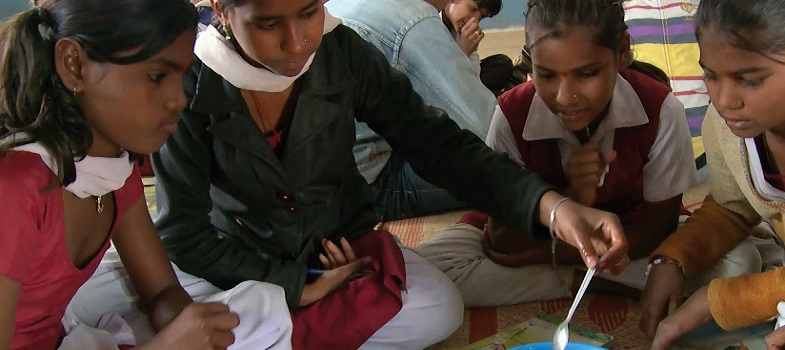1 Talking and learning
In traditional classrooms, talk is often dominated by the teacher. However, the students’ attitudes to learning – together with their learning gains – improve noticeably when, through their own talk, they are actively involved in the learning process.
Pause for thought
|
Learning involves adding to and gaining new perspectives on one’s existing knowledge, skills and experiences. Talk plays a key role in this process because it helps students to articulate their thoughts, reveal what is not clear to them, ask questions, explore new ideas and learn from their exchanges with their teacher and their classmates.
In this first activity, you will think about the value of talk for learning.
Activity 1: Talk for learning
Do this activity with a colleague if possible.
First, read Resource 1, ‘Talk for learning’. When you have finished, carefully re-read the following two excerpts:
- Even young students with limited literacy and numeracy skills can demonstrate higher order thinking skills if the task is designed to build on their prior experience and is enjoyable. For example, students can make predictions about a story, an animal or a shape from photos, drawings or real objects. Students can list suggestions and possible solutions about problems to a puppet or character in a role play.
Plan the lesson around what you want the students to learn and think about, as well as what type of talk you want students to develop.
Pause for thought Resource 1 suggests that students can make predictions about story, an animal or a shape from photos, drawings or real objects, and that students can make suggestions and possible solutions about problems to a puppet or a character in a role play.
Consider the questions: ‘What could happen next?’, ‘Have we seen this before?’, ‘What could this be?’ and ‘Why do you think that is?’
Now think back to your recent lessons. Can you identify any times when your students did exploratory talk? Which subjects or topics did this kind of talk relate to? |
Talk for learning is valuable for students of all ages. The more opportunities that students are given to talk in a purposeful way, the more skilful they will become in talking and listening thoughtfully.
Why this approach is important
